The mystery of an 18th-century Austrian mummy might finally be solved, according to a new study unravelling the “little-known” methods that have preserved his remains for more than 200 years.
Published at the beginning of May in the journal Frontiers in Medicine, the joint project by scientists in Austria, Germany and Poland took on the case of the “Air-Dried Chaplain,” a mummified cadaver that has attracted tourists and researchers alike to a small village in the country’s north for many decades.
Shrouded in ancient rumours of “healing miracles,” the state of the body has long drawn speculation. Everything from acids seeping into the body from its coffin, to radiation, to simple good luck and favourable conditions have been pitched to explain its status, described by one scientist as “unusually well-preserved.”
The 2025 study launched the most detailed analysis of the chaplain yet, including an autopsy, CT scan and myriad other forensic experiments. Its results, researchers say, provide “certainty” of the chaplain’s identity and produce a number of clues about how he lived, died and remained in one piece for so many years.
A body of evidence
Based on the exhaustive review of his remains, scientists have concluded the chaplain was most likely Franz Xaver Sidler von Rosenegg, an aristocrat and vicar believed to have died in 1746, who was interred in the years since at the church crypt of St. Thomas am Blasenstein, west of Vienna.
Born in 1709, Sidler joined the clergy at a young age, and was later assigned to St. Thomas to serve as a parish vicar. Researchers say this basic biography is consistent with the chaplain’s remains, which displayed a high-quality diet and no signs of hard manual labour.
Records of correspondence with another monastery places his death at 37 years old, and while this matches the chaplain’s estimated age at death of between 35 and 45, the documents fail to explain how Sidler died so young, leaving further mysteries to solve.
While an X-ray of the body in the year 2000 showed a small capsule inside his body that some theorized could be poisonous, further examination of the mummy’s remains revealed a likely culprit in one of history’s most prolific killers: tuberculosis.
Sidler’s lungs appear to have been inflamed and calcified in places, both signs of the disease, the study says, and marks seemingly left by a belt around his waist suggest he may have lost a significant amount of weight late in life, which could be expected in the case of a disease like chronic tuberculosis.
Based in part on small particles of coal found in his airway, as well as how his teeth retracted in one area of his bite, it’s also likely he smoked a pipe, scientists say.
“In total, we have good evidence that he died of acute severe pulmonary hemorrhage due to destruction of lung vessels by an ongoing infection,” the study reads.
Posthumous popularity
While researchers say little more is known about Sidler’s life, his story took on new significance after he died, in large part because of how well his body has survived the centuries.
Rumours have it that he was initially buried in a local cemetery, but that he was exhumed and transferred to the church crypt years later, where talk spread of “several healing miracles” associated with his burial.
By the mid-1800s, he had become a local attraction, prominent enough to feature in a guidebook for tourists to the region, and while experts in mummification later visited Sidler to photograph and examine his remains, no clear scientific explanation emerged.
It wasn’t until the 2025 study that scientists were surprised to discover Sidler’s abdomen was “filled with considerable amounts of a mixed foreign material” that did not appear in prior X-rays, including “wood chips, fragmented twigs, large amounts of fabric of various types including elaborate embroidered linen, and even pieces of silk,” as well as high concentrations of zinc.
The researchers say zinc chloride has antimicrobial and disinfecting properties, and could have helped Sidler’s body rapidly dry from the inside out. The mass of objects in his abdomen could also have prevented his torso from collapsing over time, and the fabrics and wood may have absorbed fluids as he decomposed.
“The evidence suggests that the preservation was performed to avoid the spread of infection by miasma,” the study reads. “Possible later opening of the coffin or relocation of the human remains would have found a remarkably intact corpse and could easily result in miraculous beliefs by the local population.”
Scientists say this specific form of embalming, which appears to have involved inserting the packing rectally instead of by cutting open the body, does not appear elsewhere in the historical record, to their knowledge.
“Needless-to-say,” it concludes, “future investigations of crypt burials should take note of this unusual type of embalming when undertaking planned analyses of human remains.”
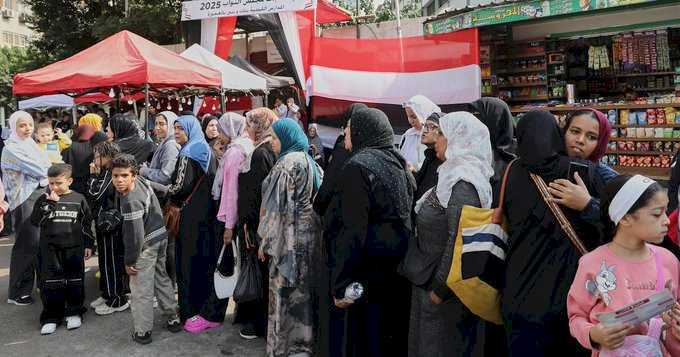

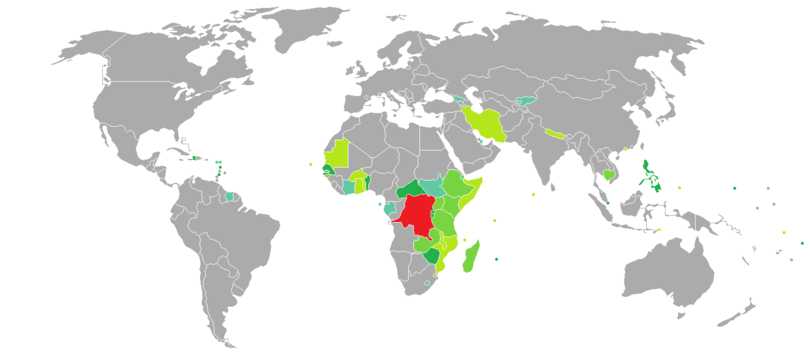



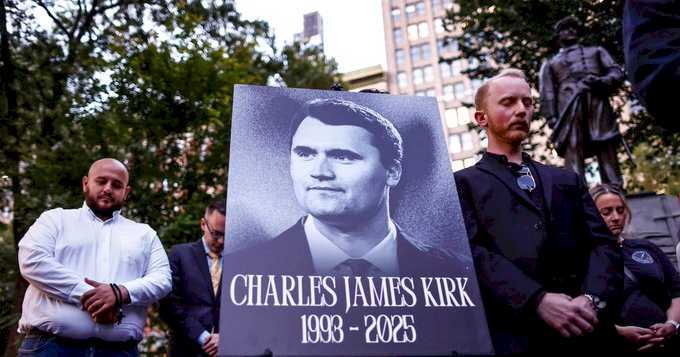
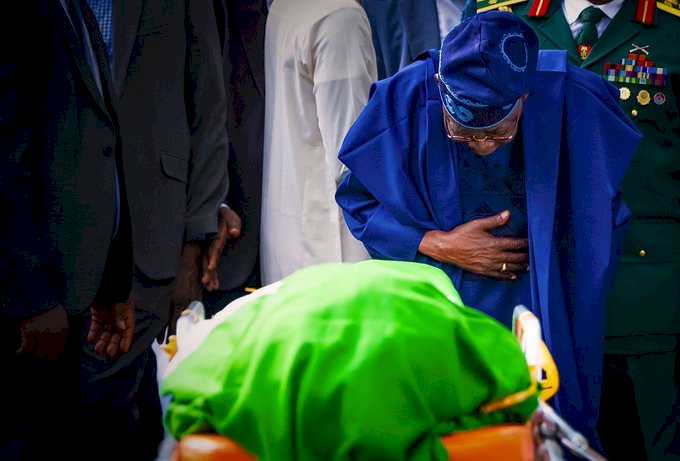
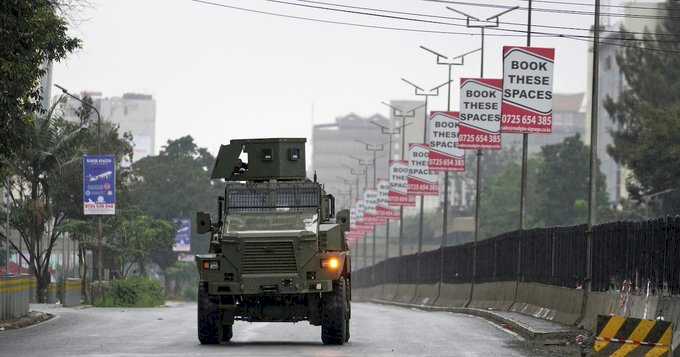


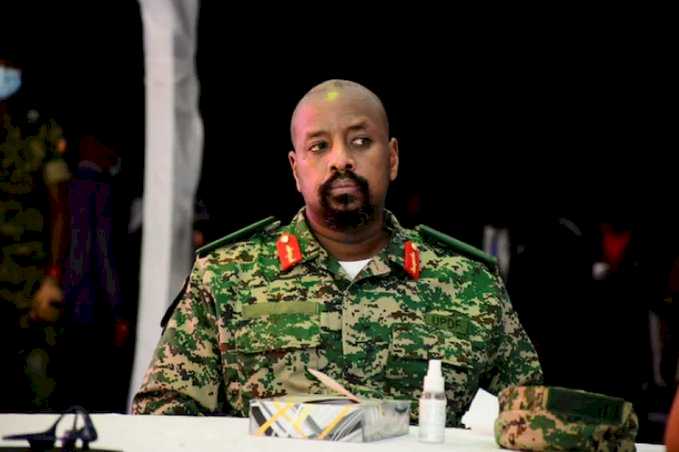
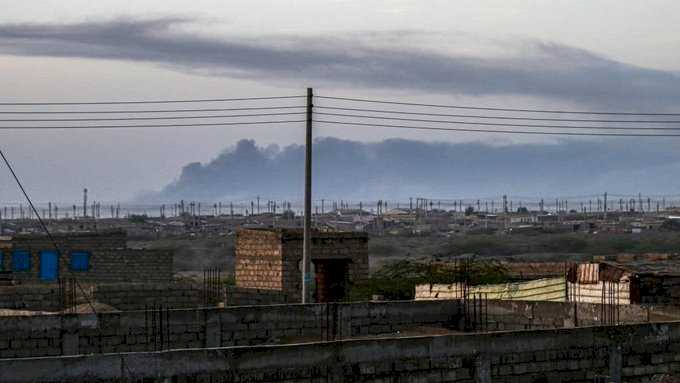
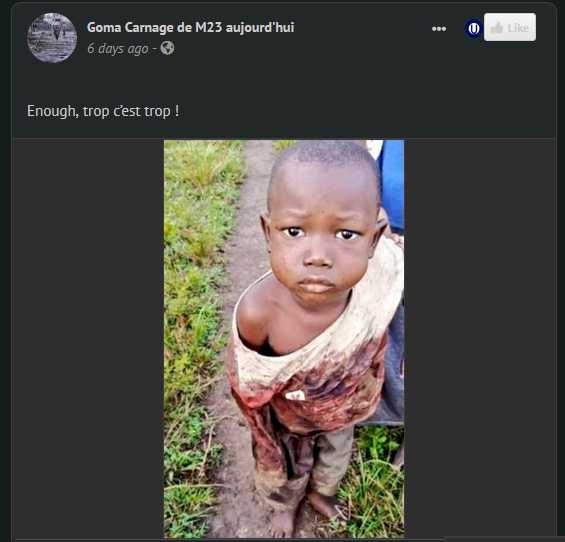

In Focus on Umojja.com